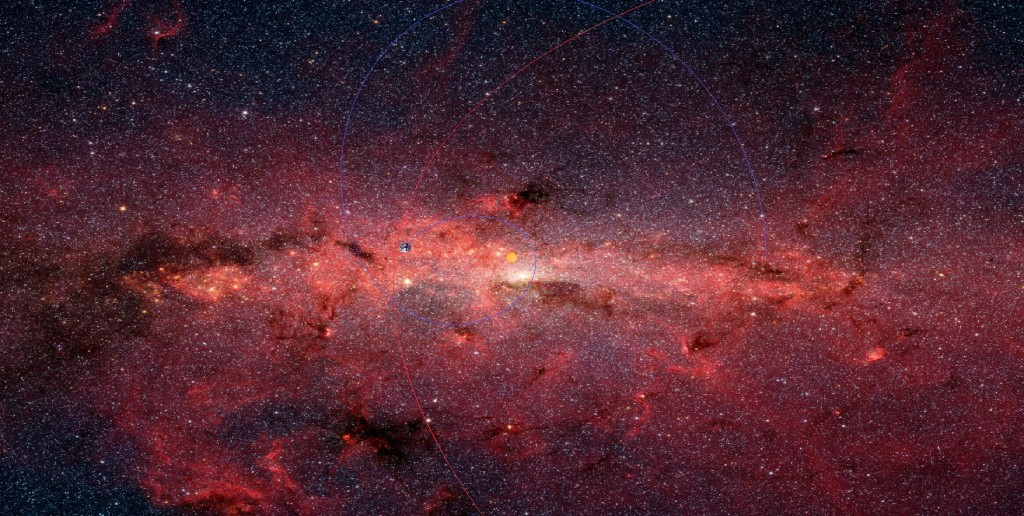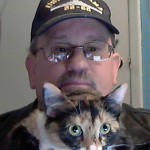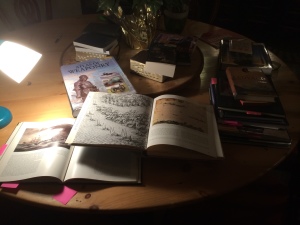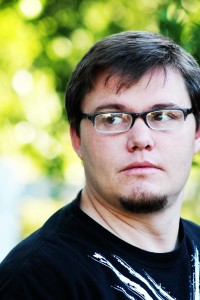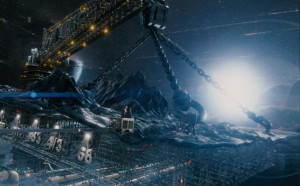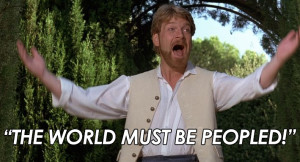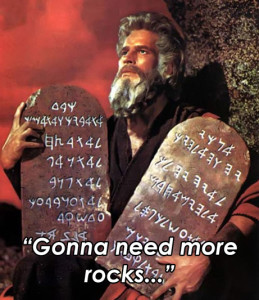Guest Post by Pamela K. Kinney
Whether your tale is set in a real place or an imagined one, you need to establish your characters’ world so that the reader can suspend disbelief and fully engage with the story. Not only horror, this includes from science fiction and fantasy. There must be reasons why a character or a whole slew of them reacts as they do in their world. Their actions, their thoughts, the reason they fall in love or hate someone, why they kill, every bit of their reactions comes from how their universe revolves. World building determines the place your characters live in.
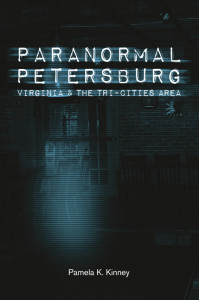 World building is the process of constructing an imaginary world. World building in horror and dark fantasy often involves the creation of a back-story, maybe history, geography, ecology, supernatural creatures, and people for the novel, novella, or even a short story. The short story will consist of a scene unlike the longer novella or novel. This can be lesson from a sentence to a paragraph’s worth of world building.
World building is the process of constructing an imaginary world. World building in horror and dark fantasy often involves the creation of a back-story, maybe history, geography, ecology, supernatural creatures, and people for the novel, novella, or even a short story. The short story will consist of a scene unlike the longer novella or novel. This can be lesson from a sentence to a paragraph’s worth of world building.
The more differences to the mundane world you write into your plot, the more the writer should focus on getting those details right. Set them so they almost fade into the background, and that way, the reader will focus on the characters and the story. There is no need to info dump those aspects of the world right away in the first chapter or two.
It is not just the big details the writer should worry about, but those small things that can escape attention. Small details sharpen the world. Think of a movie. You have the main actors. But you also have the extras, or background as they are called in the movie business. You’re thinking, “No, extras aren’t that important, not when your hero or heroine are the real focus of the story.” Take a look at a haunted house story, It’s not just the humans who are stuck in the building and trying to get out. The house itself and the ghosts are the extras or background. All this makes your story a more rounded one.
Be consistent in your world building rules. Keep them as you delve deeper into the story. Once the manuscript is done, editing will help in catching these kinds of mistakes. I have files on all my characters in my stories, adding their traits, what they do for a living, and much more. This keeps straight my characters and the world they exist in. After all, if what you’ve written goes against any of the rules you’ve created in your world, then there has to be a logical, rational reason, reasonable to you, but most of all, to your readers. Such as if iron is poisonous to the fey, but suddenly later in the story, the character can touch a fence of iron, there must be a reason why they can do this at the time (maybe they had found a spell that enables them to). Don’t just have them unable to do something because it isn’t convenient to your story. Being consistent is what makes the suspension of disbelief your readers are willing to have if you do it right.
Your world’s historical past should not overwhelm or dominate your current story. If it does, then you will bore your readers, most of all, you’re writing the wrong fiction. A paragraph of it is all you need.
When writing fantasy, building a world that is extraordinary and vivid is often the heart of the tale, even the dark world of a horror novel. The stranger that fantastical world is, the more important it becomes for the author to create a reality that readers can relate to and make them feel part of it. Throw horror into the equation and now the writer must add a visceral component into the mix. When it comes to horror, Hell might be the world the writer is building. Don’t just stick to the physical horrors. Develop the emotional and psychological plight of it. For horror is about the emotion; the fear you want the reader to feel as they read. This would flesh out the horror world; make it 3D and not a flat world.
Magic is not only in high fantasy, but it can used be in dark fantasy or horror. Look at George RR Martin’s Games of Thrones—magic is as much a part of the frightening elements and monsters as the noble families plotting to kill each other are. There’s a reason tropes like magic is evil and black magic exist. Take deals with the Devil, or human sacrifice. Look at the world that JK Rowling built. How dark this young adult fantasy grows as it progresses, to more horror than light fantasy.
Now, get out there and start planning the world of your scary story. One that will raise the hairs on the back of the reader’s neck.
About the Author:
About the Book:

